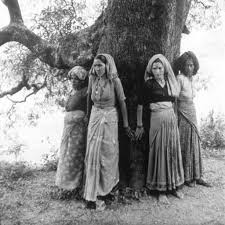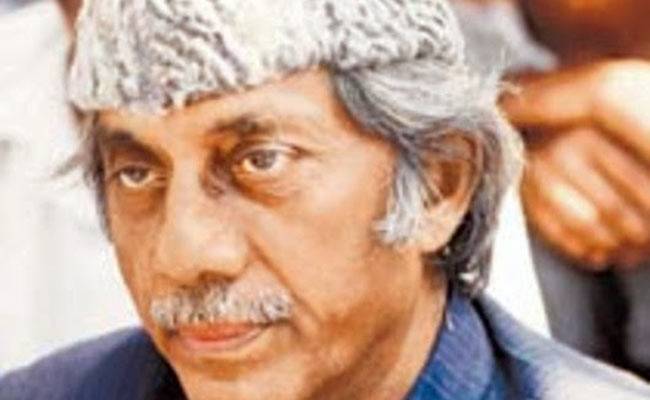The Chipko movement, which began in 1973 in India, was a significant environmental movement focused on the protection and conservation of forests. The word “Chipko” means “to hug” or “to cling” in Hindi, which symbolizes the method employed by the protesters, who hugged trees to prevent them from being cut down.
The movement originated in the state of Uttarakhand (then part of the state of Uttar Pradesh) in the village of Mandal, in the Chamoli district, led by local villagers, especially women. The primary concern was the rampant deforestation and commercial logging activities, which were negatively impacting the local ecology and livelihoods of the villagers.
The Chipko movement gained widespread attention when, in April 1973, a group of villagers, mostly women, led by activist Sundarlal Bahuguna, successfully prevented loggers from felling trees in the Reni village forest in the Chamoli district. Their peaceful resistance and dedication to protecting the environment garnered national and international support.
The movement spread to other parts of the country, with similar protests taking place in various states. It brought to light the importance of forests not only as a vital ecological resource but also as a source of livelihood and sustenance for local communities.
The Chipko movement had a significant impact on environmental policy in India. It led to the introduction of measures for forest conservation and community involvement in forest management. It also raised awareness about the need for sustainable development and the protection of indigenous rights.
The movement inspired similar environmental and social justice movements around the world and remains a powerful symbol of grassroots activism and the power of nonviolent resistance in the face of environmental degradation.






